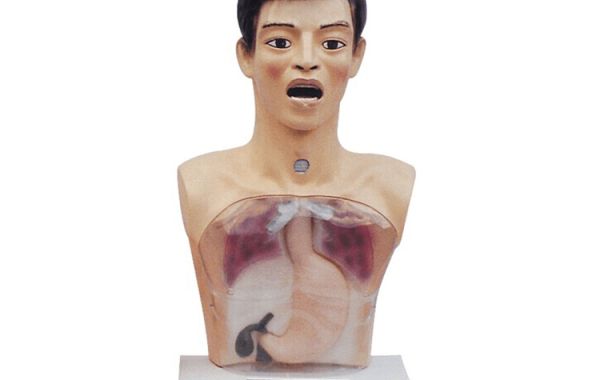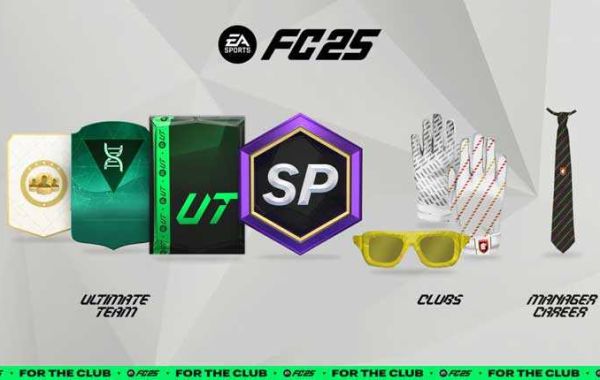Clinical training. Manikins, or lifelike dolls, are used in a variety of medical fields to practice practical skills and procedures in a safe, controlled setting. They play an important role in medical education and training, with numerous benefits for both students and instructors. Here's a thorough breakdown of their applications:
1. Fundamental Skills Training:
- Basic Life Support (BLS):Manikins such as Laerdal's Resusci Anne and Little Anne help teach CPR to adults, children, and infants. They provide realistic compression depth and rate feedback, ensuring proper preparation for real-world scenarios.
- Intravenous (IV) Therapy:Manikins with palpable veins enable trainees to practice venipuncture and IV insertion techniques in a safe and controlled environment. This boosts patient confidence and reduces the risk of complications.
- Nasogastric (NG) Tube Insertion:Manikins with simulated nasal passages and stomachs make it easier to practice NG tube insertion, which is an important skill for administering medication and nutrients.
2. Advanced Procedures:
- Advanced Cardiac Life Support (ACLS): More sophisticated manikins with advanced features such as simulated pulses, arrhythmias, and drug responses allow for the practice of complex procedures such as defibrillation and medication administration in ACLS scenarios.
- Central Line Insertion: Specialized manikins with realistic anatomical structures allow trainees to practice inserting central venous catheters, which is a necessary skill for delivering critical fluids and medications.
- Surgical Skills:Some manikins are specifically designed for surgical training, with realistic tissues and organs to practise suturing, incision closure, and other surgical procedures.
3. Communication and Teamwork Training:
- Simulation Scenarios:Manikins can be used in simulated patient encounters to help trainees practice communication skills, history-taking, and physical examination techniques in a realistic setting. This encourages teamwork and collaboration among healthcare professionals.
- Standardized Patient Encounters:Manikins can function as standardized patients, responding consistently to trainee questions and actions. This allows for the assessment of communication and clinical reasoning skills in a controlled environment.
4. Benefits for Students and Instructors:
- Improved Psychomotor Skills: Manikins allow for hands-on practice, which improves muscle memory and dexterity, both of which are essential clinical skills.
- Reduced Risk of Errors:Training on manikins reduces the risk of harming real patients, especially for beginners.
- Enhanced Confidence: Successful manikin practice increases confidence and preparedness for real-world clinical situations.
- Standardized Training: Manikins ensure that all students receive consistent training experiences, regardless of the instructor or location.
- Variety and Flexibility: The wide variety of available manikins enables training-specific procedures and scenarios.
Additional Applications:
- Geriatric Care: Manikins with age-specific features can help train caregivers to handle elderly patients with special needs.
- Disability Care: Manikins that represent people with disabilities can help healthcare professionals develop sensitivity and awareness.
- Public Education: Manikins are useful for CPR training and other first-aid demonstrations in community settings.
Clinical training manikins are useful tools for more than just CPR practice. They provide a versatile platform for honing a variety of medical skills, encouraging communication and teamwork, and improving overall readiness for real-world clinical situations. Their contribution to medical education and patient safety is undeniable.







